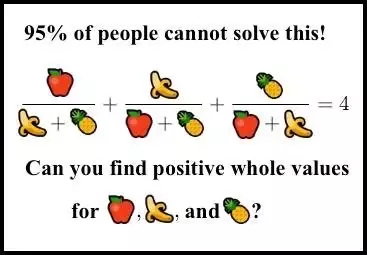AMS Student Chapter Seminar
The AMS Student Chapter Seminar is an informal, graduate student seminar on a wide range of mathematical topics. Pastries (usually donuts) will be provided.
- When: Wednesdays, 3:20 PM – 3:50 PM
- Where: Van Vleck, 9th floor lounge (unless otherwise announced)
- Organizers: Michel Alexis, David Wagner, Patrick Nicodemus, Son Tu, Carrie Chen
Everyone is welcome to give a talk. To sign up, please contact one of the organizers with a title and abstract. Talks are 30 minutes long and should avoid assuming significant mathematical background beyond first-year graduate courses.
The schedule of talks from past semesters can be found here.
Fall 2019
October 9, Brandon Boggess
Title: An Application of Elliptic Curves to the Theory of Internet Memes
Abstract: Solve polynomial equations with this one weird trick! Math teachers hate him!!!
October 16, Jiaxin Jin
Title: Persistence and global stability for biochemical reaction-diffusion systems
Abstract: The investigation of the dynamics of solutions of nonlinear reaction-diffusion PDE systems generated by biochemical networks is a great challenge; in general, even the existence of classical solutions is difficult to establish. On the other hand, these kinds of problems appear very often in biological applications, e.g., when trying to understand the role of spatial inhomogeneities in living cells. We discuss the persistence and global stability properties of special classes of such systems, under additional assumptions such as: low number of species, complex balance or weak reversibility.
October 23, Erika Pirnes
(special edition: carrot seminar)
Title: Why do ice hockey players fall in love with mathematicians? (Behavior of certain number string sequences)
Abstract: Starting with some string of digits 0-9, add the adjacent numbers pairwise to obtain a new string. Whenever the sum is 10 or greater, separate its digits. For example, 26621 would become 81283 and then 931011. Repeating this process with different inputs gives varying behavior. In some cases the process terminates (becomes a single digit), or ends up in a loop, like 999, 1818, 999... The length of the strings can also start growing very fast. I'll discuss some data and conjectures about classifying the behavior.
October 30, Yunbai Cao
Title: TBD
Abstract: TBD
November 6, Tung Nguyen
Title: TBD
Abstract: TBD
November 13, Stephen Davis
Title: Random Motion
Abstract: We'll talk about random motion from several different points of view. We'll end up placing one of our favorite random motions in a very creative geometric space, which will help us see things we couldn't see before.
November 20, Colin Crowley
Title: TBD
Abstract: TBD
December 4, Xiaocheng Li
Title: TBD
Abstract: TBD
December 11, Chaojie Yuan
Title: TBD
Abstract: TBD
